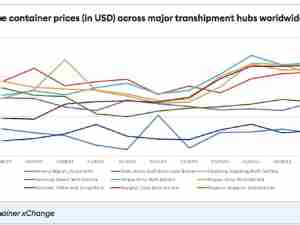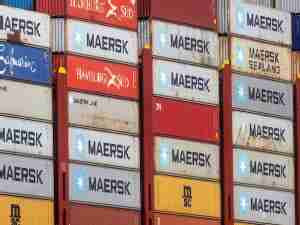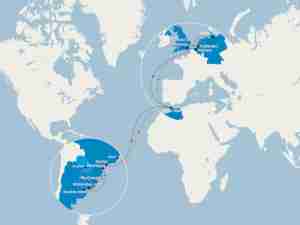The development, on the drawing boards for decades, took a big step forward last week. ArcelorMittal and Nunavut Iron agreed to drop competing bids and extend a joint, C$590 million ($596 million) offer to take control of a project that could end up costing more than C$4 billion to build. Baffinland's board has endorsed the joint bid.
The company, which hopes to have the mine producing by 2014, is expected to file a draft environmental impact study with territorial and federal regulators in the next few weeks, government officials say.
While mining is not new to Canada's Far North, nothing has been attempted on the scale of Baffinland's Mary River project on Baffin Island, about 1,000 km (650 miles) northwest of Iqaluit, the capital of Nunavut territory.
The mine is thought to have enough high-grade iron ore to meet Europe's needs for years. But plans to get the ore off the island include building the North America's northernmost railroad and bringing in a fleet of ships that can break the ice year-round.
The impact of ships cutting through water that's covered with ice in winter is a concern, said Martin von Mirbach, Arctic program director at World Wildlife Fund Canada.
"It's something that has to be carefully studied," said von Mirbach, saying it has the potential to change life for people and wildlife in a region that experiences 24-hour darkness in winter and round-the-clock daylight in summer.
Some local Inuit fear year-round ship traffic will disrupt the migration corridors of wildlife, ranging from polar bears to beluga whales, as well as their own travel on the ice.
A 143 km (90 mile) rail line that is expected to handle three 110-car ore trains a day from the inland mine to a new port on Steensby Inlet on Baffin Island's western coast has also raised concern over caribou migration routes.
Baffinland says in its technical studies that it has adjusted the proposed ocean shipping route to address local concerns. But it rejected calls to extend the rail line to a different coastal area as too costly.
The company has also said it it might, at least initially, truck the ore on an existing road to a port at Milne Inlet on northern Baffin Island, where ore ships would operate for only a few ice-free months, usually from late May to mid October.
Using trucks would allow the mine to open more quickly and cut capital costs. But using the northern port for ore traffic in the long term has its own environmental concerns, such as its proximity to the summer habitat for narwhals, a type of Arctic whale known for its long single tusk.
Ore Destined for Europe
The iron-rich ore is targeted for Europe, and von Mirbach warned that environmental groups would likely get very upset if owners tried to ship it through the Northwest Passage to China.
"It is a bit unusual in that the mine is just one component of the project," said Ryan Berry, technical services director of the Nunavut Impact Review Board, which heads up the joint territorial-federal environmental review process.
Baffinland wants to build an open pit mine, but it may not prompt as much environmental concern as similar mining projects because no chemical processing will take place on site, said von Mirbach, whose group has not taken a position on the project.
Several other Canadian environmental groups acknowledged they were not paying too close attention to the Mary River project, in part, because of its remote location.
Baffinland's proposal comes as Nunavut is completing land use plans for the territory, and decisions that are made for the project could affect the entire region for decades.
With a rush of Arctic resource development accelerating, some are concerned that the interests of the local Inuit population might get trampled.
"We are setting precedents now of how projects go









